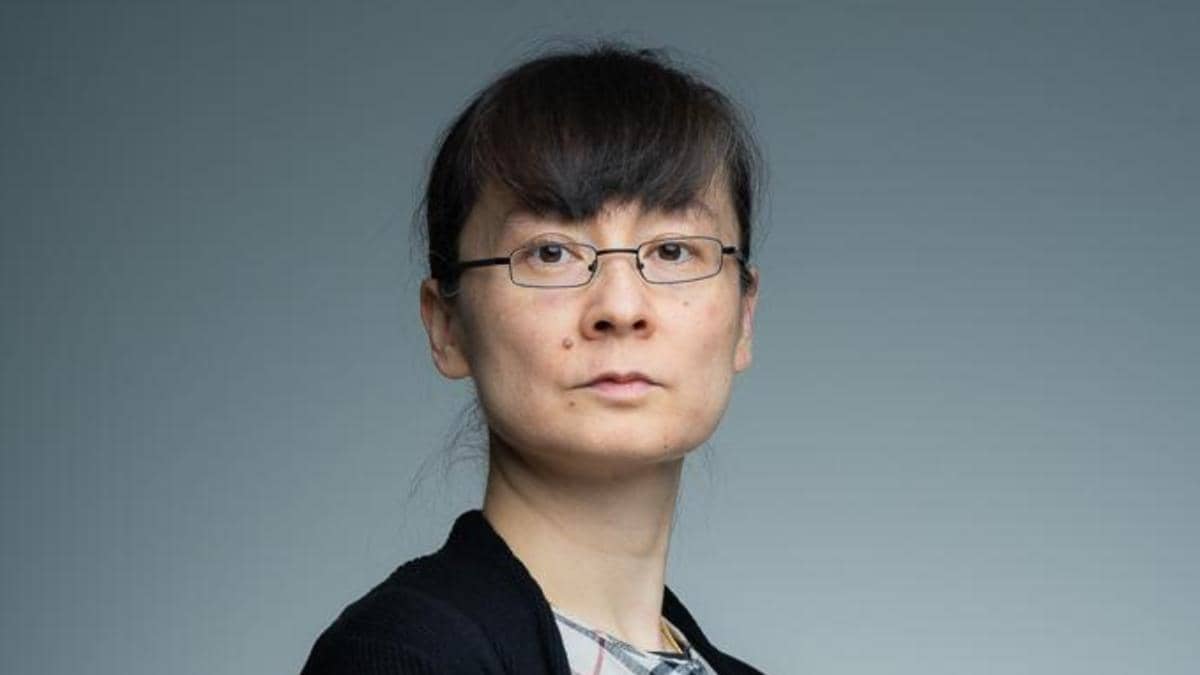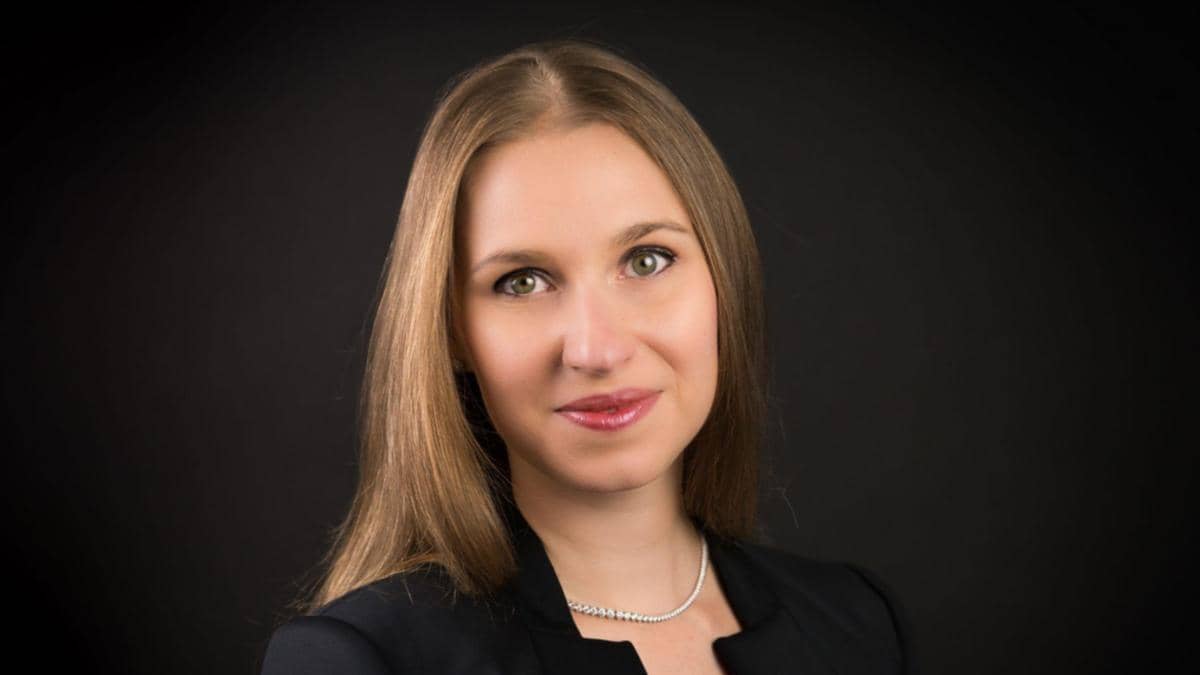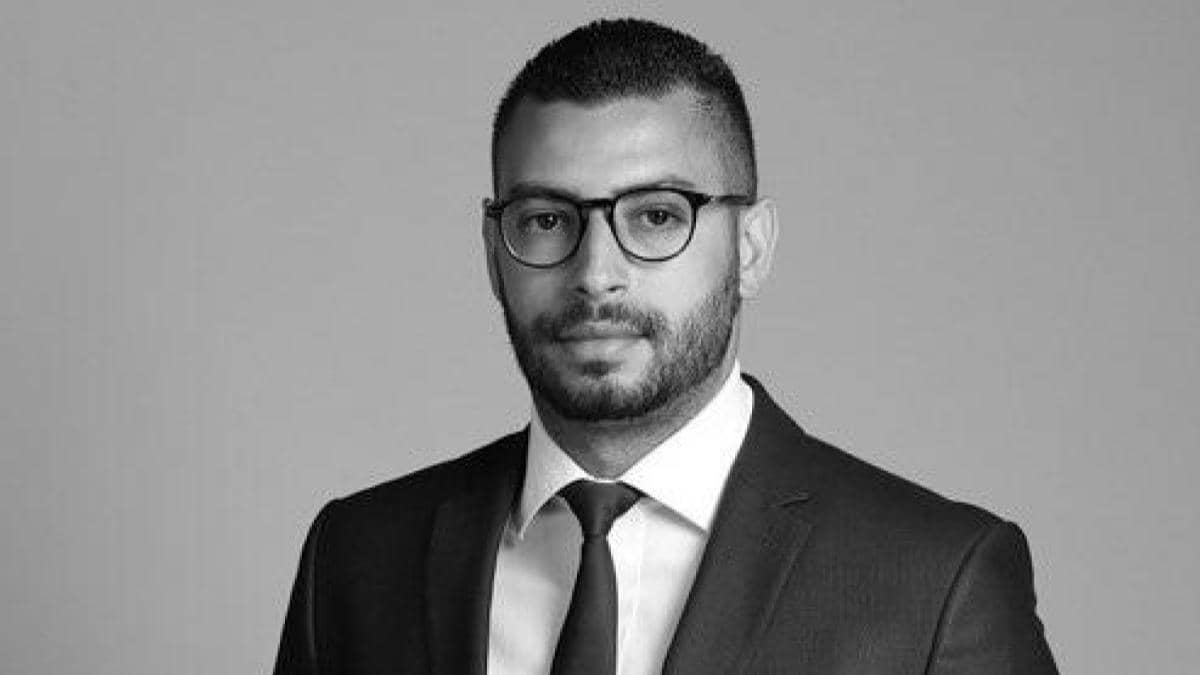Tobias Schäfer, from Berenberg, is our Fund Selector of the Month

17 AUG, 2022
By Leticia Rial from RankiaPro Europe
Tobias Schäfer is Portfolio Manager and Head of Fund Strategies and Manager Selection since July 2022. His responsibilities include the selection of funds and ETFs for Berenberg’s multi-asset strategies from the global range of funds and the management of fund-of-funds strategies. Tobias joined Berenberg in 2018 as Fund Selector and Portfolio Manager. Prior to that, he worked at Union Investment as a Portfolio Manager in the multi-asset department.

Tobias holds a master’s in finance from the Frankfurt School of Finance & Management. He began his career as trainee in the wealth management at Sparkasse Darmstadt.
Could you tell us about the Fund Selection process at Berenberg?
At Berenberg, the fund selection unit is part of the multi-asset portfolio management and follows a team-based approach. The process can be split in two main parts – a quantitative and a qualitative part – with the ultimate target to add a new source of alpha to the portfolio when adding a new position.
In the quantitative analysis we cluster managers in peer groups and use scorecards combining various risk parameters to build a shortlist containing the most appealing funds.
As next step, we conduct a fund-specific ESG analysis. Instead of only focusing on a fund’s holdings, we created a questionnaire which helps us to understand a company’s dedication to ESG and fund-specific aspects such as, ESG implementation, active ownership activities and reporting. As a result, we receive an ESG score for each fund.
The ESG analysis is followed by a qualitative due diligence concentrating on five pillars: People, Process, Parent, Performance, and Price. In this process stage we interview the portfolio management team, risk management units or the ESG office to get a holistic understanding of the strategy.
Since for us manager selection and portfolio construction go hand in hand, we conclude our analysis by additional tests to finally pick the manager delivering an additional alpha component to our existing selection.
How many people are in your team, and how is it organised?
We are a team of two, solely working on manager selection and the management of our fund-of-funds strategies. However, the responsibilities in the manager research process are shared across all portfolio managers in the multi-asset team as they cover a segment, region or sector based on their specifications. This means, when conducting a new fund search a portfolio manager always works together with a colleague from the manager selection team to combine stock specific knowledge with more general and broader expertise.
After a fund is bought the same duo is responsible for the on-going coverage of the fund. Collaborating in small teams helps to guarantee for a quick but informed decision-making process. In addition, we are supported by our ESG office in setting guidelines to integrate sustainability aspects in the fund selection.
What parts of your role do you find more challenging? And what parts would you say are the most interesting to you?
Besides navigating through volatile markets in over the last years, the most challenging part in the current environment is to translate regulatory sustainability implications into the fund selection processes.
What I like most in my role is the great chance to have a lifelong learning with knowing, that no day will be like another. Especially having the opportunity to work in a dynamic environment on a clear vision to further develop our fund research process, meeting managers and learning about their strategies as well as managing portfolios drives my motivation.
What processes do you have in place to identify a good manager? What are the differences between a good manager and a not so good one?
When selecting a manager, we always search for managers with a well-structured and repeatable investment process. It is fundamentally important in our process to combine manager selection and portfolio construction. As result, we do not look at a manager on a standalone base and instead of solely concentrating on attractive risk-return profiles we search for funds adding a stable but different source of alpha to the current portfolio.
Over the course of time, we expect good managers to follow their convictions and stick to their process even in periods with performance headwinds.
Do you have any red lines when selecting a fund? Are there any sectors, or themes where you would never invest in?
We follow ethical guidelines which, for example, do not allow us to hold positions in agricultural commodities or invest in funds holding positions in companies with a revenue share in controversial weapons. Besides such hard exclusions, red flags are not linked to sectors and themes. For us it is crucial to only buy funds where we can understand the drivers of return and where transparency and consistency are practised values.
How are you navigating the current inflation and volatility in the markets?
The past decade was driven by strong deflationary trends such as globalization or digitalisation and, hence, globally easing central banks. Shocks in the near past were generally demand-driven shocks which in light of the low inflation gave central banks the opportunity to stimulate demand and markets through further policy easing. The current shock, however, is to be seen as a supply-driven shock resulting in high inflation with almost no options for central banks to support markets – central banks can print money while they cannot deliver commodities. For the future, we expect structurally higher inflation and the volatility of inflation to stay.
As a result, for manager selection, the explanatory power of past performance is less significant than it used to be, as the overall regime is different. In this environment, broad diversification and a balanced positioning remain important for us, with a clear focus on real investments such as equities or commodities. Furthermore, we expect flexible solutions like liquid alternatives to play a more important role in the future. In selected defensive multi-asset mandates we replaced a portion of our fixed income allocation by liquid alternative to increase flexibility and reduce interest rate-dependency.
Which sectors and trends do you think will perform better in this second half of the year?
In the first half of the year equity investors reacted to rising (real) interest rates with reducing holdings especially in highly-valued quality and growth stocks. As economic woes increasingly dominate inflation fears and real interest rates seem to be stabilizing with less hawkish surprised by the central banks going forward it might be interesting for investors to look at growth and particularly quality stocks again.
In the fixed income space, there was no place to hide with the Global Aggregate Bonds Index losing around 14 percent in the first half of the year. The shorter the duration, the less painful the performance. However, in a scenario of recession fears adding high quality and longer duration positions like government bonds might be an attractive diversifier in the portfolio.
How would you define yourself in 3 words?
Self-driven, Team-oriented, Curious.


